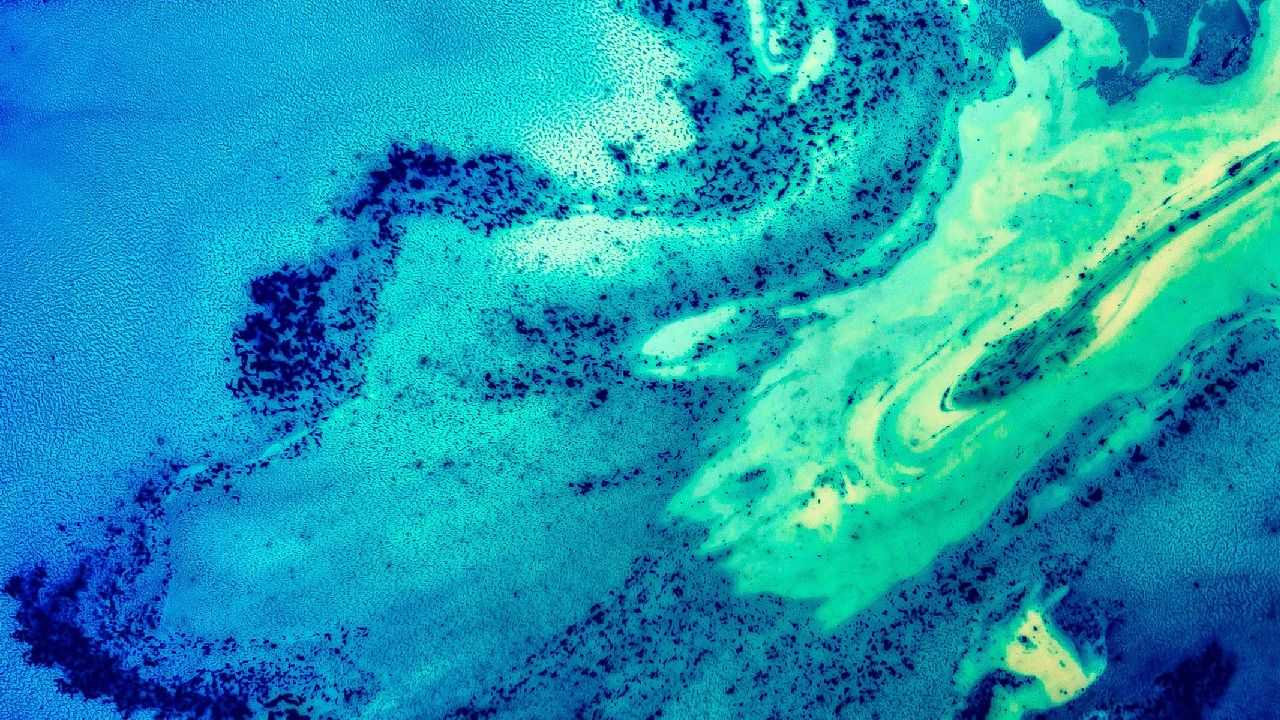Stephen Jay Gould, evolution’s popular icon from Harvard, has fired his latest salvo against creation in his new book, Rocks of Ages. He continues to advance the idea that the term “creation science” is an oxymoron, a contradiction in terms.
There are even some Christian thinkers who agree with him. Creation, they suggest, is theological. Science is empirical. Religion and science, like oil and water, don’t mix. They represent two entirely different “magisteriums,” in Gould’s words. Science is the domain of fact and reason. Religion is the domain of belief and faith.
Line of Demarcation
Implicit in such statements is the assumption that there is a precise definition of science. Any discipline that does not conform to this definition is “unscientific,” being outside of science. Add to that the prevailing mood of scientism (only the methods of science can be trusted to tell us what’s true) and the result is that all other disciplines—including theology—yield nothing but interesting beliefs, not facts.
To say that any form of creationism is not science involves two assumptions. First, it presumes there is a clear line of demarcation between science and non-science (with creation on the non-science side of that line). Second, it presumes that disciplines outside of science have no place intruding upon scientific conclusions. That would pit fact against faith.
However, the exclusion of intelligent creation from the realm of science is arbitrary for two reasons. First, the fact is there is no clear line of demarcation between science and non-science. Second, even if there were such a line, it wouldn’t automatically mean that well justified conclusions from other disciplines could not have a bearing on scientific thinking.
Necessary and Sufficient
Three things are required to establish a clear line of demarcation between science and non-science. First, one would have to identify necessary conditions that any discipline must satisfy to qualify for the label “scientific.” A necessary condition is a minimal requirement, an essential element that must be present in every case. It allows us to point to clear examples of things that are immediately excluded as science.
Second, one would have to identify sufficient conditions that any discipline must satisfy to qualify for the label “scientific.” What constellation of factors are adequate for a definition? When is enough enough? Sufficient conditions allow us to point to clear examples of things that are immediately included in the class.
For example, for a geometric figure to be a square, it must be a closed, two-dimensional form consisting of four straight lines that are connected. This is absolutely necessary. Any form that does not have these characteristics isn’t even in consideration.
This isn’t enough, though. It’s not sufficient. A parallelogram and some rectangles fit this description, yet are not squares. More is needed. If you add that each line needs to be the same length and all connecting angles are 90°, then you have added other conditions that, in sum, are sufficient to encompass all squares. Anything fulfilling the necessary conditions might be a square, and anything satisfying the sufficient requirements must be a square.
To get a good grade on an essay test it is necessary that one know the material, but that is not enough. He must also be able to articulate the correct answers clearly in writing. That would be sufficient.
Both boundaries are needed. If there are only necessary conditions, then you can clearly know some things that are not scientific, but you can’t state with certainty what things are. On the other hand, if there are only sufficient conditions, you can clearly know some things that are science, but you can never state with certainty what things are not.
Note that sufficient requirements are not always necessary. Owning a billion dollars is sufficient in itself to qualify you as rich, but there are many rich people who are not billionaires.
In or Out?
The third requirement for a valid definition of science is that the necessary and sufficient conditions must include everything we already understand to be science and exclude those things that clearly are not.
This is where the real problem lies. Virtually any attempt to list necessary and sufficient conditions for a definition of science either includes things clearly not scientific, or excludes things that clearly are.
Let me give some examples. When the question “What are the elements of science?” comes up, certain components are cited. Characteristics are offered like observation, experimental repeatability, falsification, conformity to natural laws, etc. But are any of these elements either necessary or sufficient to identify an activity as scientific?
None of these are really necessary, in our sense of the term. Too many bona fide scientific procedures do not use them. No one has observed a magnetic field itself. It’s hard to imagine a repeatable experiment that would address the issue of the extinction of the dinosaurs. The concept of “survival of the fittest” is not falsifiable. And the Big Bang is allegedly a singularity that is the source of natural law, and therefore could not be caused by it. However, each of these is unquestionably within the realm of science.
It seems equally clear that none of these could be sufficient conditions for science either. Biblical exegesis relies on observation. Spiritual regeneration is a repeatable event (by another “experimenter,” that is). Theological doctrines are, at least in principle, falsifiable. And math and logic conform to a type of law. Yet none of these, by virtue of the presence of those elements, would be considered scientific.
The point is simply this: Apart from a clear line of demarcation identifying both necessary and sufficient conditions for science, it is presumptuous to exclude intelligent creation from the field of science. If, on the other hand, science is defined not by necessary and sufficient conditions, but by a constellation of endeavors that generally characterize clear-cut cases of science, that allows us to make meaningful distinctions between science and non-science. However, this method also qualifies intelligent design as scientific because it employs that same constellation of techniques the other disciplines do.
Problems on the Outside
One other element—the notion of external conceptual problems—bears on the issue of the singular authority of science in the area of knowledge. These are problems raised in a discipline outside of science that are reasonable and rationally justified, yet conflict with the conclusions of science.
For example, one conclusion of science may reduce man to a brain and a body, denying the metaphysical dimension of the soul. Man is simply a machine made of meat, locked in a mechanistic universe of cause and effect. If, however, other disciplines—like philosophy, ethics, or theology—could provide legitimate reasons for the existence of the soul, this would weigh against the “scientific” conclusion.
In the twentieth century, science has become an elitist, parochial enterprise. This is unwarranted. First, there is no clear set of conditions—either necessary or sufficient—that distinguish science from non-science. Second, even if there were, non-scientific enterprises like philosophy, theology, and ethics might contribute legitimate, defensible conclusions that represent problems for some scientific views.
Well-justified conclusions from other disciplines ought not be dismissed out of hand. To disregard a view simply because it’s “religious” or “theological” is obscurantist. If truth is really the object of the scientific enterprise, scientists should welcome it from any source.

